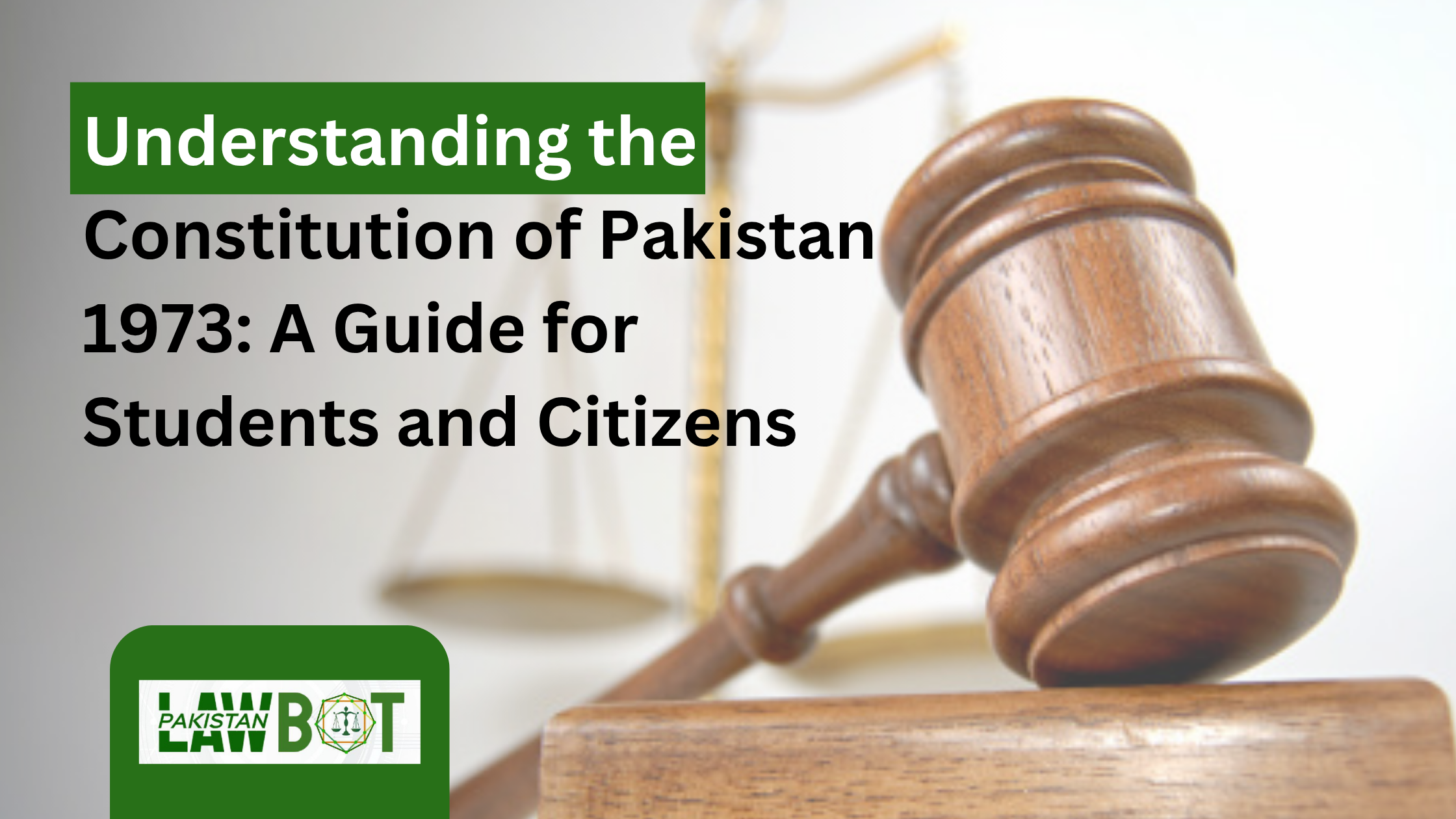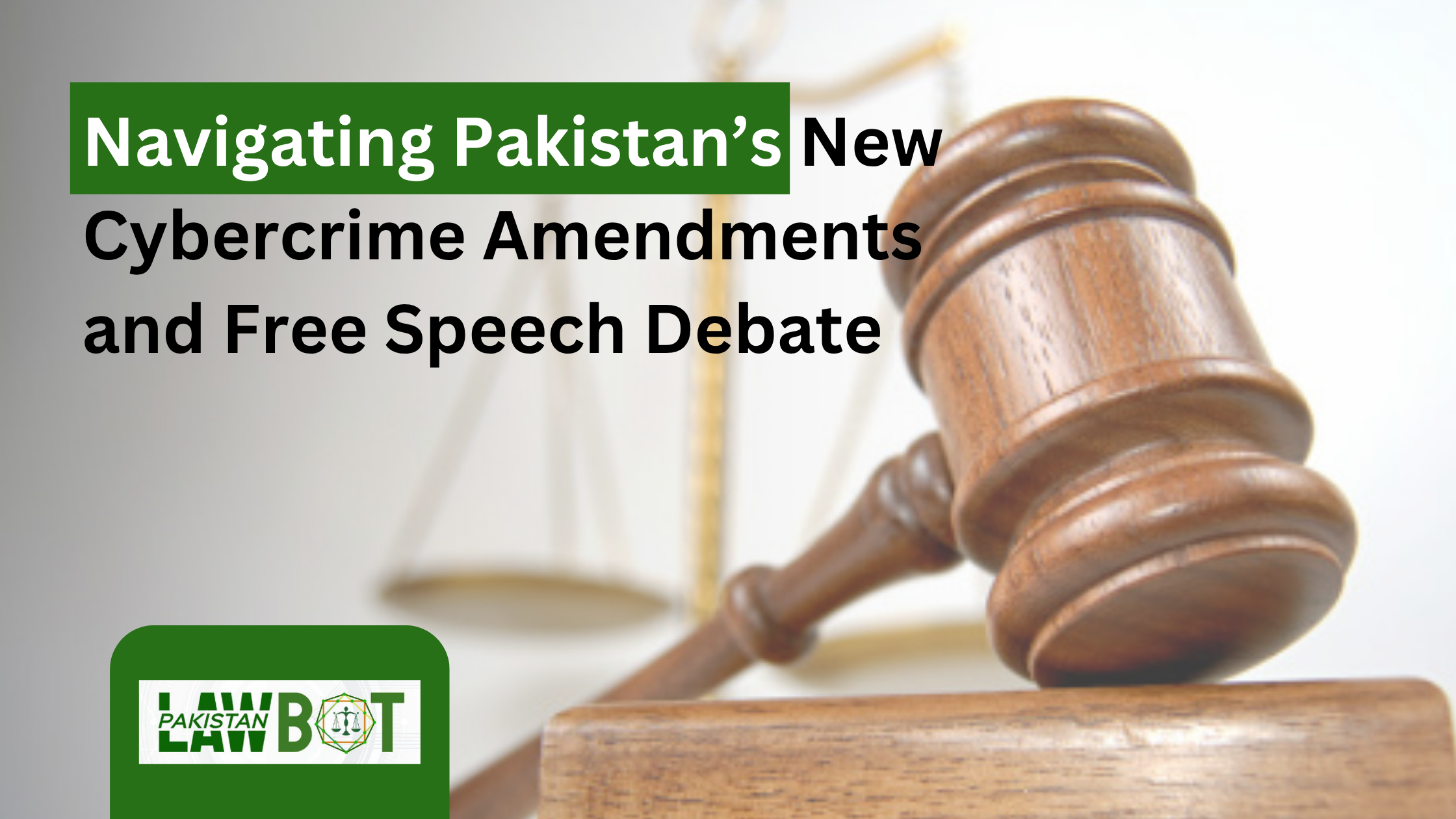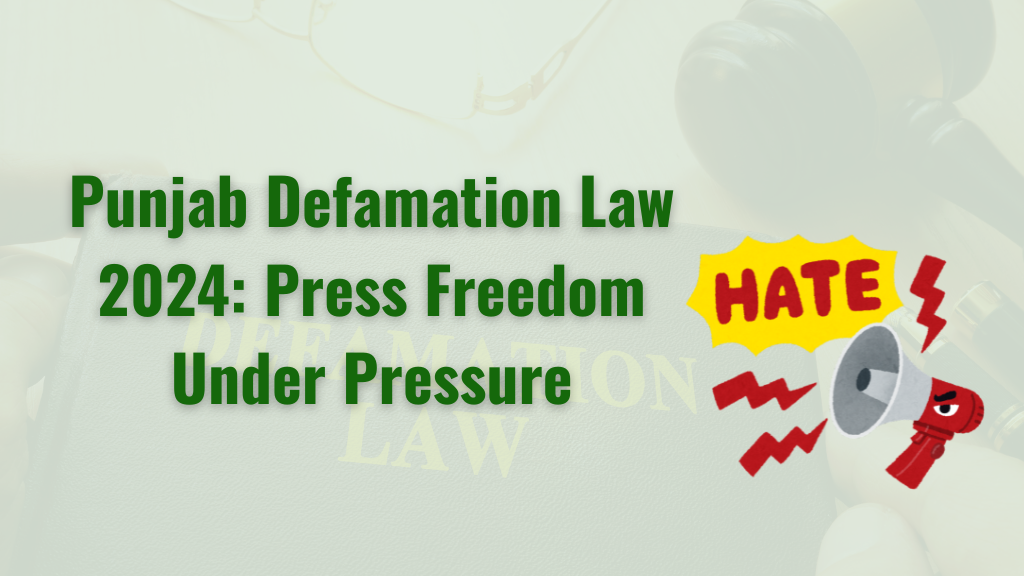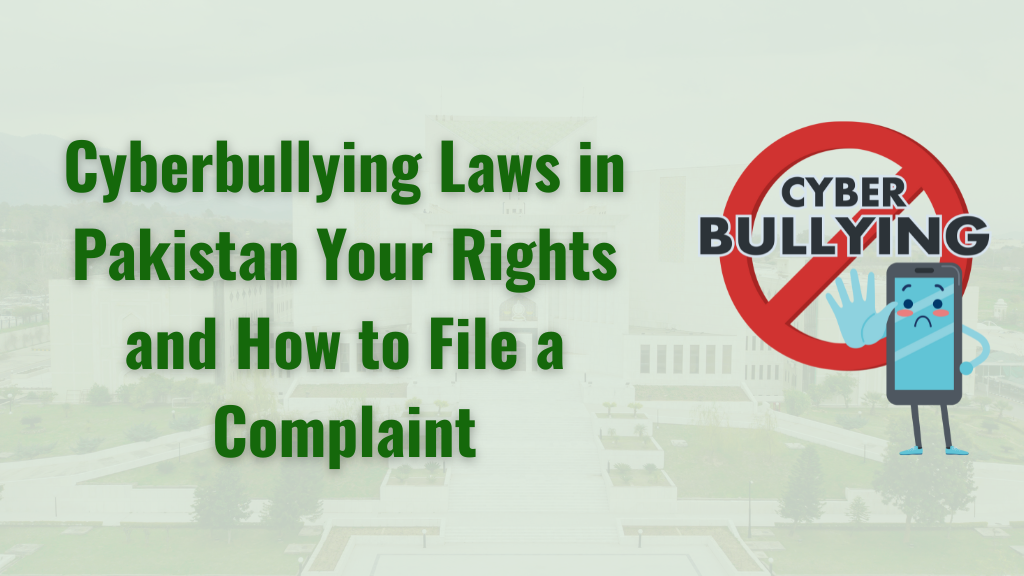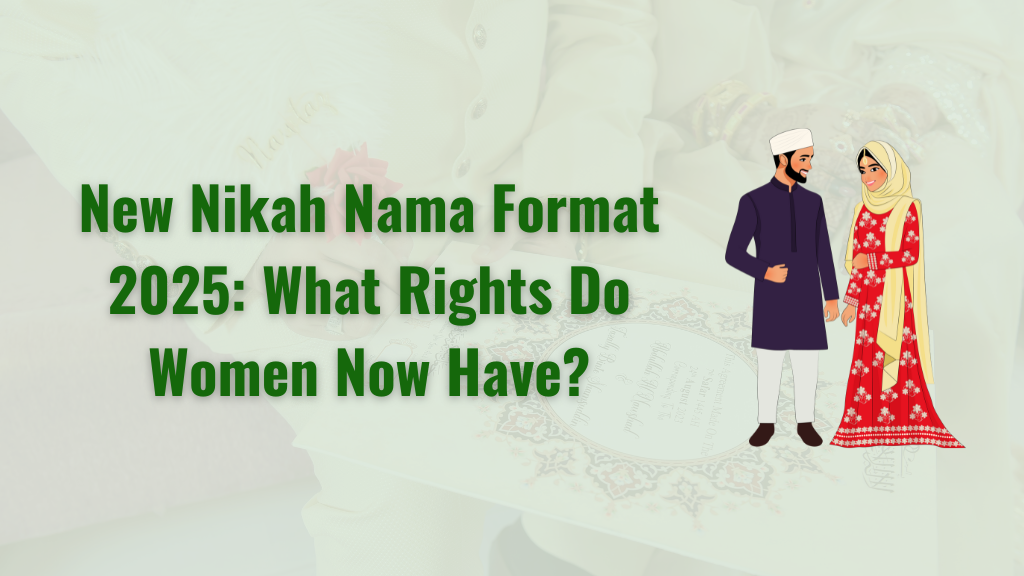The Constitution of Pakistan, 1973, is more than just a legal document—it is the foundation of the country’s governance and national identity. Every student and citizen should understand its core principles to become informed participants in democracy. This guide simplifies the Constitution’s structure, key features, and importance in everyday life.
What Is the Constitution of Pakistan 1973?
The Constitution of Pakistan 1973 is the supreme law of the Islamic Republic of Pakistan. It outlines the structure of the state, the separation of powers, the fundamental rights of citizens, and the responsibilities of the government. It is Pakistan’s third Constitution, preceded by the ones in 1956 and 1962.
Historical Background
After years of political instability, a new constitution was needed to unify the country. Under the leadership of Prime Minister Zulfikar Ali Bhutto, the Constitution was drafted and passed by the National Assembly on April 10, 1973. It came into effect on August 14, 1973, restoring parliamentary democracy in the country.
Structure of the Constitution
The Constitution is divided into 280 Articles and 7 Schedules. It is systematically organized into Parts and Chapters, each addressing a different aspect of the state and its functions.
Key Parts of the Constitution
-
Part I – Introductory: Covers the state’s name, territories, and religion.
-
Part II – Fundamental Rights and Principles of Policy: Defines civil liberties and obligations of the government.
-
Part III – The Federation of Pakistan: Details the functions of the executive, legislature, and judiciary.
-
Part IV – Provinces: Outlines the governance of provincial governments.
-
Part V – Relations Between Federation and Provinces: Addresses power distribution.
Salient Features of the 1973 Constitution
The Constitution incorporates both Islamic values and democratic principles, making it unique in nature. Below are some of its most significant features:
Parliamentary System
Pakistan follows a parliamentary system, where the Prime Minister is the head of government and the President is the ceremonial head of state.
Federal Structure
The Constitution divides power between the federal government and provincial governments, ensuring decentralization and local autonomy.
Islam as the State Religion
Islam is declared the state religion, and no law can be made that contradicts the teachings of the Holy Quran and Sunnah.
Independent Judiciary
The judiciary is independent and empowered to interpret the Constitution, ensure justice, and protect citizens’ rights.
Fundamental Rights
It guarantees several rights, including:
-
Freedom of speech
-
Freedom of religion
-
Right to education
-
Right to fair trial
Importance for Students
For students, understanding the Constitution is essential for multiple reasons:
Civic Awareness
Knowing the Constitution helps students understand how their country operates and what rights and responsibilities they hold as citizens.
Academic Relevance
In disciplines such as Political Science, Law, Pakistan Studies, and Civics, the Constitution forms a critical part of the syllabus.
Promotes Responsible Citizenship
An informed student is more likely to become a responsible, law-abiding, and active member of society.
Importance for Citizens
Every Pakistani citizen—regardless of profession or age—should have a basic understanding of the Constitution.
Empowerment
Understanding your rights helps you stand against injustice and discrimination. It also helps you hold leaders accountable.
Participation in Democracy
An informed citizen can make better choices during elections and participate effectively in democratic processes.
Legal Awareness
It helps in understanding everyday legal matters such as voting rights, freedom of expression, or employment laws.
Major Amendments to the Constitution
The Constitution has been amended multiple times to meet the changing political and social needs of the country.
The 8th Amendment (1985)
This amendment gave more powers to the President, including the authority to dissolve the National Assembly.
The 13th and 14th Amendments (1997)
They removed the President’s power to dissolve the Assembly and emphasized party loyalty.
The 18th Amendment (2010)
Perhaps the most significant, it restored parliamentary democracy, abolished the Concurrent List, and gave more autonomy to provinces.
Challenges in Implementation
Although the Constitution lays a solid foundation, there have been numerous challenges in its implementation.
Political Instability
Frequent government changes and military interventions have disrupted democratic processes.
Misuse of Emergency Powers
At various points, emergency provisions have been used to suspend constitutional rights and dissolve elected governments.
Lack of Public Awareness
A major challenge is that many citizens are unaware of their constitutional rights, making it easier for authorities to bypass them.
Role of Judiciary and Legal Institutions
The Supreme Court of Pakistan plays a pivotal role in interpreting the Constitution and ensuring its implementation.
Judicial Review
Courts have the power to declare any law or action unconstitutional if it contradicts the Constitution.
Public Interest Litigation
Citizens can file cases for the protection of fundamental rights, even if they are not directly affected.
How to Learn More About the Constitution
Learning about the Constitution doesn’t require a law degree. Several accessible resources are available for students and citizens alike.
Read Translated Versions
The Constitution is available in both Urdu and English, making it easier for people to read in their preferred language.
Online Resources
Websites like Pakistanlawbot.com offer easy explanations, Q&A formats, and chatbot assistance for legal questions.
Join Discussions and Seminars
Educational institutions and civil society often host workshops and public forums. Participating in these can deepen your understanding.
Conclusion
The Constitution of Pakistan 1973 is not just a legal text—it is a living document that shapes our national identity, governance, and rights. Understanding it is not only a duty but also a step toward becoming a more active, informed, and responsible citizen. Whether you’re a student preparing for exams or a concerned citizen seeking to make a difference, knowing the Constitution empowers you to stand up for justice and uphold democratic values.

